Award-winning travel writer Louise Southerden tackles the challenge of going ‘bottle free’ when it comes to quenching your thirst on your travels.
Like everyone, I’ve been thinking a lot about plastic lately. Specifically plastic bottles of water that save us from dying of dehydration in countries where we can’t drink the tap water.
Most of us wouldn’t dream of buying bottled water at home. We know it’s bad for the environment in terms of the resources it takes to produce the bottles, the depletion of aquifers to fill them and the tiny plastic pieces ending up in our rivers and oceans. (The Story of Stuff has a great short video about The Story of Bottled Water.)
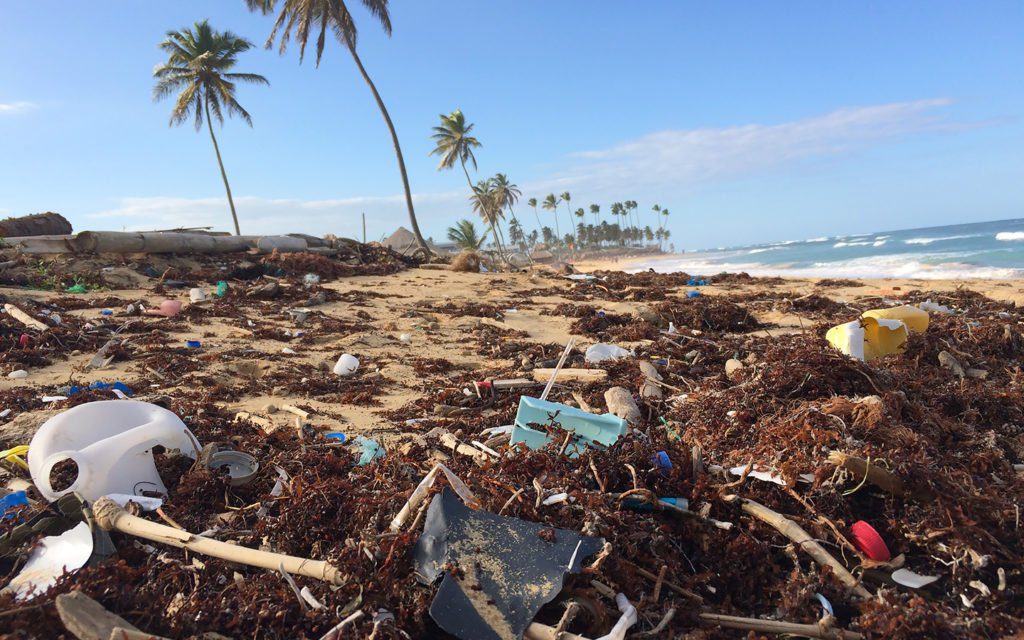
We know it’s bad for us too, plastic from the bottles leaching into the water we’re drinking; a review of bottled water by the World Health Organisation last year found microplastics in 90 per cent of bottled water tested from nine countries.
But when we travel, we do often things we wouldn’t normally do. Who hasn’t bought 2-litre plastic bottles of water in Thailand or Morocco? Or cracked open a tiny 300ml bottle tucked into the seatback pocket on a plane? Or said “yes please” to an ice-cold water bottle on a tropical tour bus? I know I have.
Sure, plastic bottles are often re-used in creative ways in developing countries. I’ve seen them used as hanging pots for plants, cut down to make lamps, turned into pipes on mountain streams.
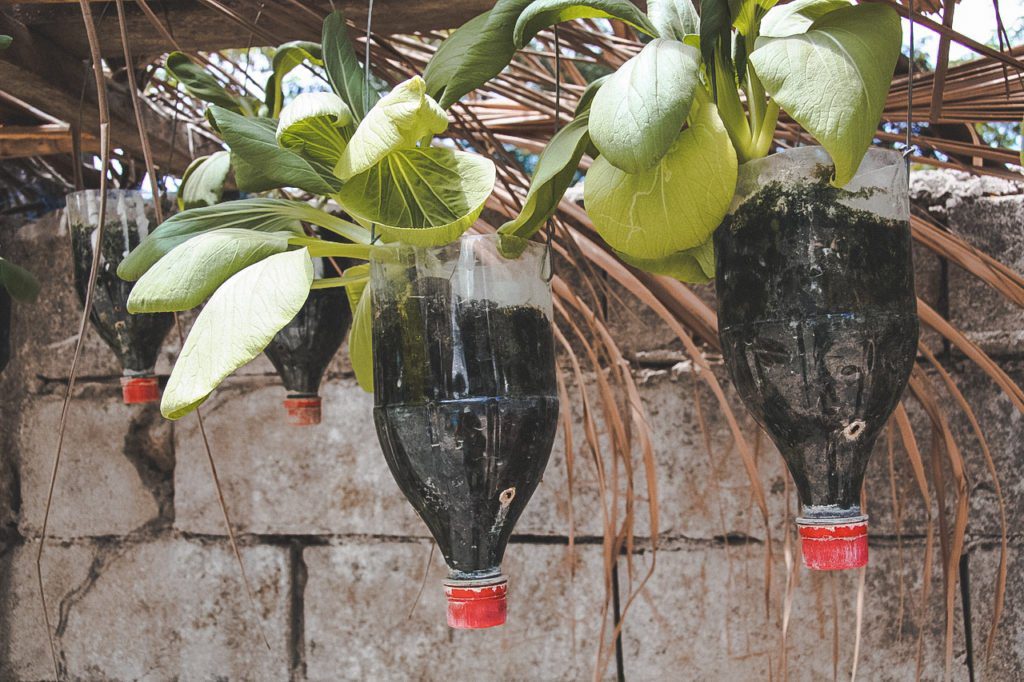
But the first rule of reducing plastic pollution is to, well, reduce it – before we reuse and recycle.
The good news is that attitudes seem to be changing. Trekking in Nepal recently I was pleasantly surprised to see that almost everyone in my group came prepared to avoid buying plastic bottles of water every day (a single trekker can go through 50 or 60 empty bottles on a 10-day walk, in a country where recycling schemes are basic at best).
Here are five of the simple, cost-effective ways we used on that trip to help you avoid bottled water on your next one:
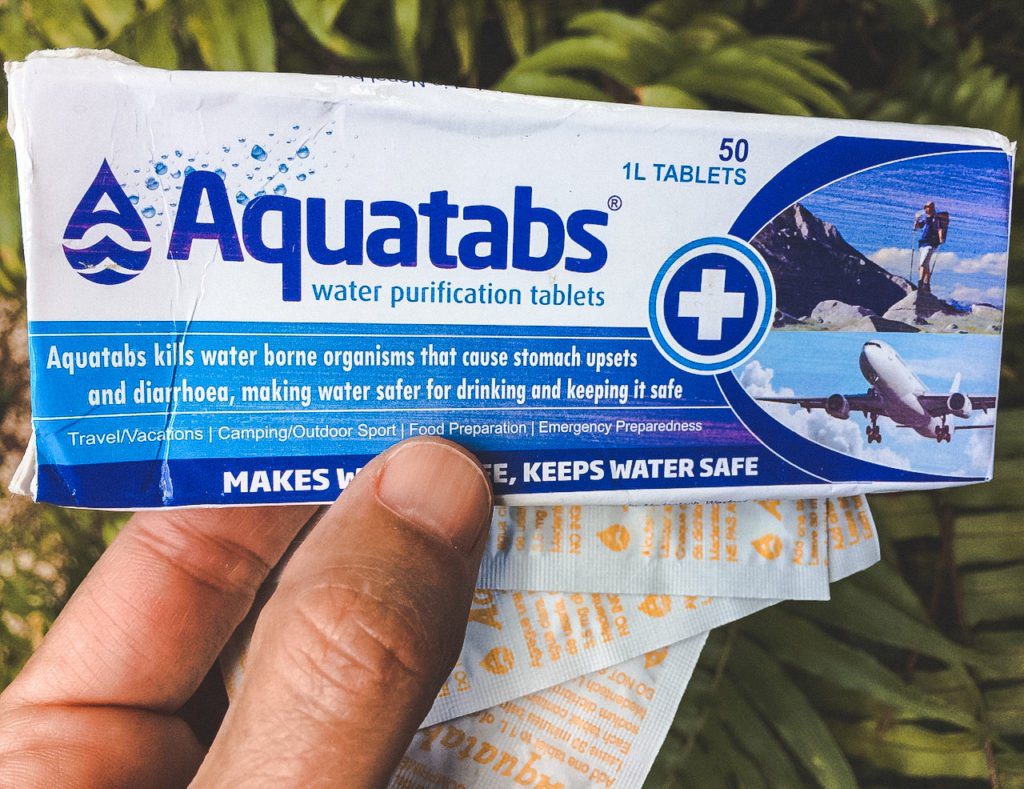
1. Aquatabs
I used these tiny water purification tablets on the trek and they worked a treat. Filled my one-litre stainless steel water bottle from any tap, dropped in a pill, shook the bottle and waited 30 minutes before drinking.
At about $10 for a pack of 50 Aquatabs this is probably the cheapest of all the filtration systems here; I bought mine in Kathmandu (the city, not the outdoor store).
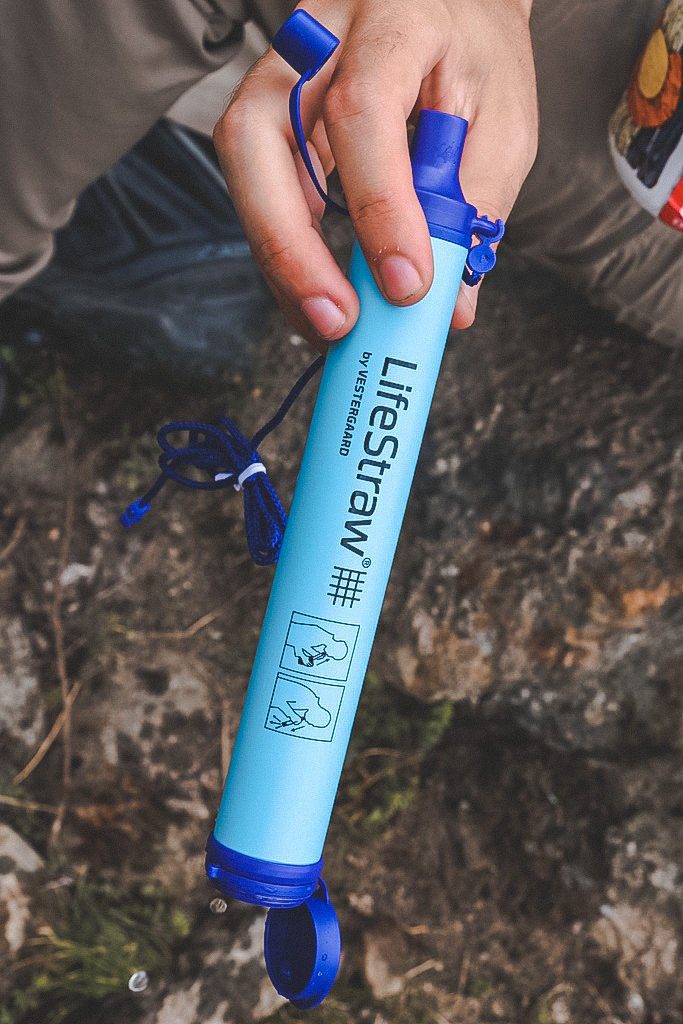
2. Lifestraw
Designed by Swiss company Vestergaard in 2005 for use in countries where people don’t have access to clean drinking water, the Lifestraw is basically a fat drinking straw that lets you safely drink from almost any water source.
One straw can filter up to 4000 litres of water before it has to be replaced. There are also steel straws now and bottles with built-in Lifestraws.
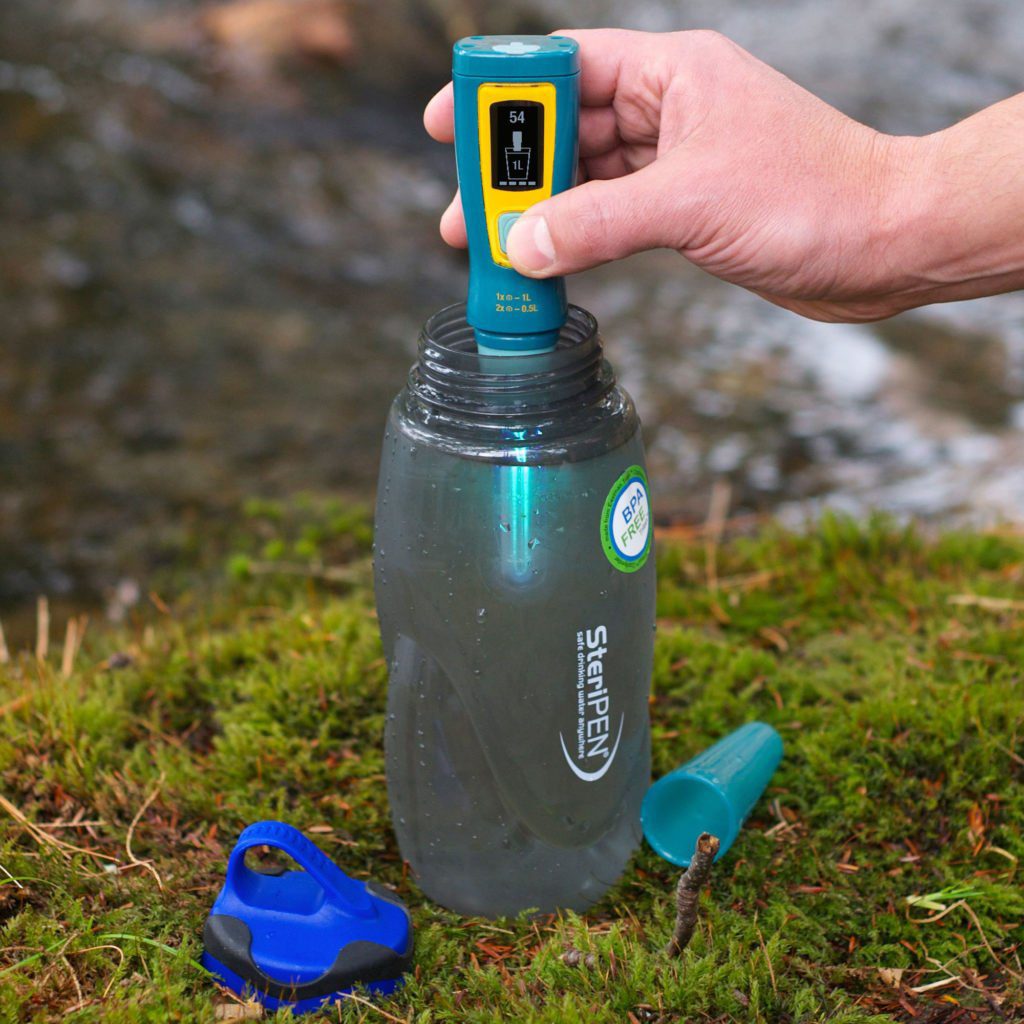
3. SteriPEN
This one uses UV light to sterilise water; just fill your water bottle, stir it with the SteriPEN for 90 seconds (a green light signals when it’s done) and you’re ready to drink.
Cities all over the world have long been using UV light to sterilise public water supplies, but US brand SteriPEN was the first to create a handheld UV device to purify water, in 2001.
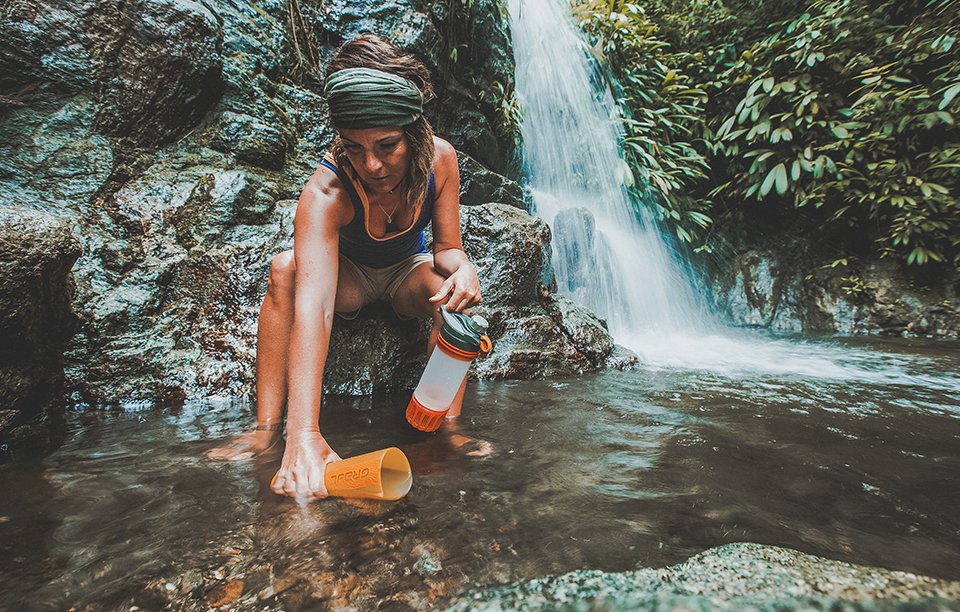
4. Grayl bottles
What started as a Kickstarter campaign in Seattle in 2016 became Grayl, a new kind of water bottle.
Simply fill it with water – even dirty water from a stream or lake or a rusty tap – then press down on its built-in plunger. Eight seconds later, you have a bottle full of clean water to drink.
Cartridges are recyclable or you can trade them in when you buy a new one, part of Grayl’s zero-waste ethos. They also donate one per cent of their income to environmental charities through 1% for the Planet.
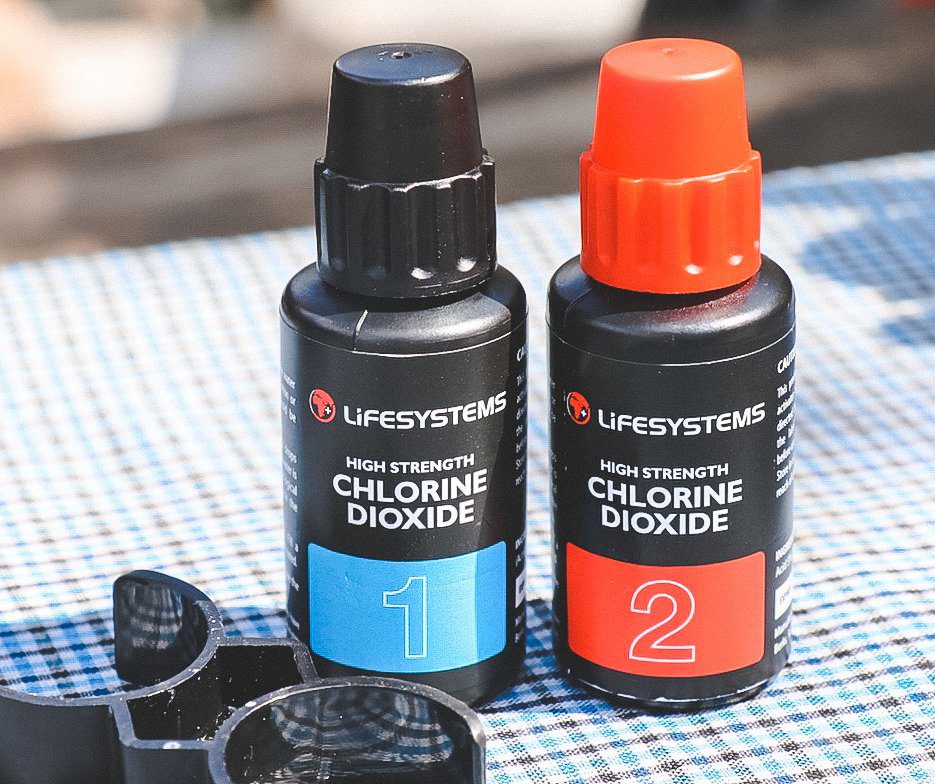
5. Chlorine dioxide
This one’s my least favourite as it can be a bit fiddly. You add 12 droplets of Lifesystems chlorine dioxide solution to water and wait 20 minutes. The water tastes slightly better (less chlorine-y) than with Aquatabs, but there’s always a risk the small bottles containing the solution could crack or leak their contents through your backpack.
Remember to pack your reusable water bottle to use with all of these except #4 and you’re good to go. Preferably stainless steel – it’s durable, better for you than even BPA-free plastic and recyclable when you’re finished with it.
The one I use on every trip away, and at home, is double-insulated stainless steel from The Source, a Byron Bay-based company that donates $2 from every bottle sold to Sea Shepherd.
Happy plastic-free travels!
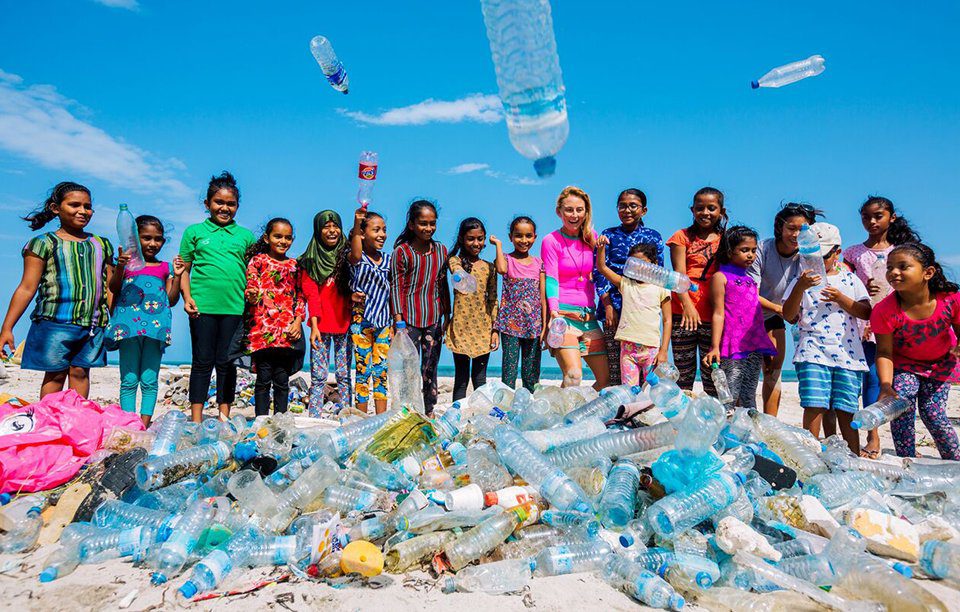
How can you travel to change the world?
Congratulations! By reading this post and taking some of these insights on board, you’ve already made a difference.
Now you can easily create your impact by sharing your new-found knowledge with other friends who you think would also be interested.
Ultimately, responsible travel comes down to common sense – stay curious, keep yourself up-to-date with the challenges at hand and make yourself accountable for your actions on your travels.